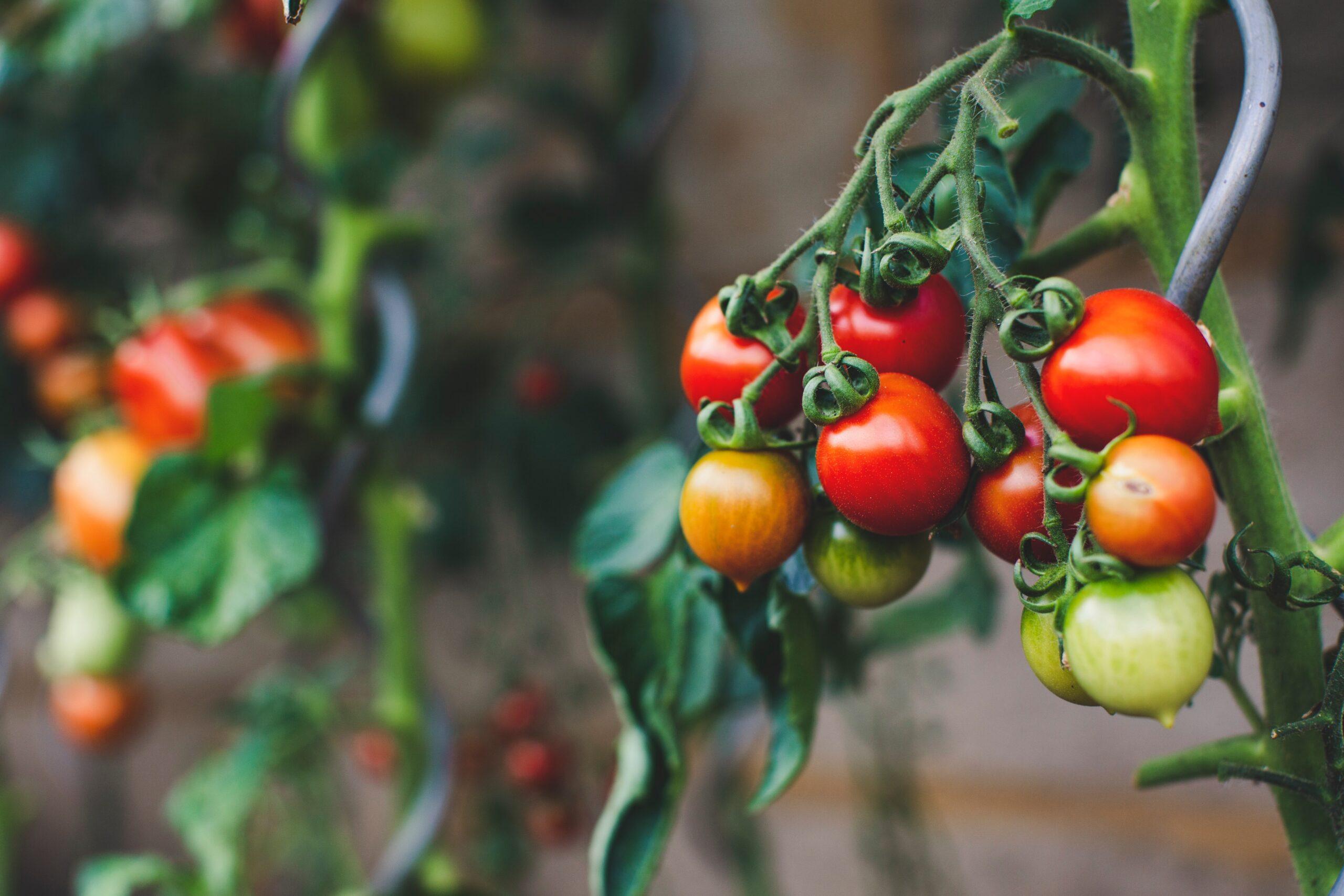As a first-time homeowner, this might be the time when you plant your first garden and maybe you’d like a little guidance for planting tomatoes.
If you plan to grow tomato plants, you should first prepare the ground. Soil should be well-drained and loose. Add a small amount of fertilizer to the top six inches of the soil. This will give the plants the energy they need to grow.
Tomatoes prefer sandy loam soil. The pH of the soil should be around seven. You can raise the pH of the soil by adding agricultural lime. Adding compost to the soil is also helpful. Compost improves the moisture content of the soil, helping it to retain moisture and keep weeds at bay.
When planting tomatoes in the ground, make sure that the plants are buried about two-thirds of the way. This helps the plant’s roots to spread out and increases its ability to take in water and nutrients. Also, a larger root system helps to ensure the plant’s survival. A trellis or cage can be helpful for almost all types of tomato plants.
Before you begin planting your tomatoes, check the weather. If the temperatures are below 60 degrees, you may want to wait until the soil warms up. Even a sunny day can heat the soil. To test the temperature of the soil, purchase a simple soil thermometer.
Once you have the weather right, plant your tomato seedlings. The rim of the pot should be buried about an inch below the soil. If the rim is above the soil, it is easy to get the roots of your seedlings tangled. Break the roots apart before transplanting.
If you are planning to grow tomato plants in a container, use a premium potting mix such as Miracle-Gro(r) Potting Mix. After the potting mix has a chance to dry out, fill the containers with the soil from the soil. If your plants are in containers, you should change the soil every year.
Planting tomatoes can be easy and inexpensive. But it is important to remember that they are susceptible to pests. Some pests such as flea beetles can attack your seedlings during the first couple of weeks of growth. In addition, tomato hornworms can strip the foliage in a short period of time.
As your tomatoes begin to grow, prune them. These plants will naturally grow new roots along the stem. Pruning can help extend the fruit and prevent the plants from getting crowded. Be careful not to cut off any lower leaves.
You should also add a mulch to your tomatoes. Mulch helps insulate the soil, which prevents it from losing moisture. It can be made from hay, straw, or leaves. Adding a layer of mulch can be beneficial for your plants, as it reduces evaporation and helps compete with weeds.
If you are growing a variety that produces small tomatoes, you should space them a few feet apart. Bush varieties should have at least three to five feet between rows. However, if you are growing a determinate variety, you should be able to space the plants at least ten to twelve feet between rows.
